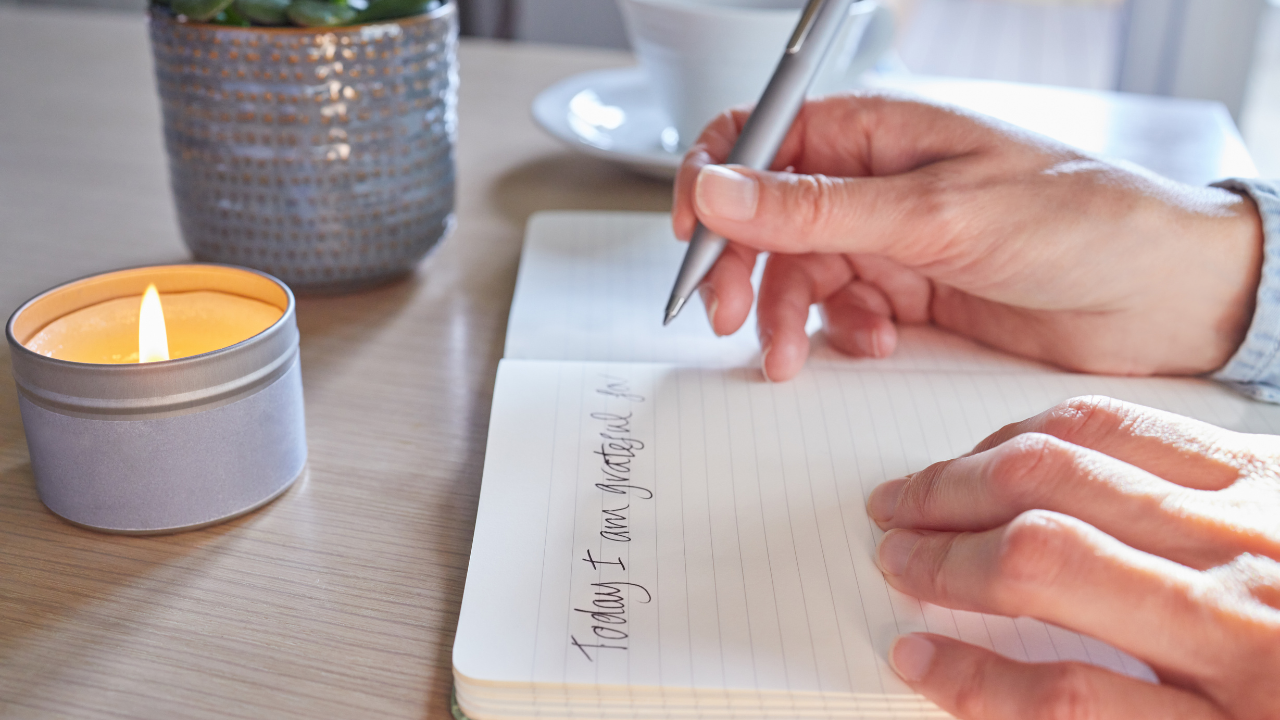
Mould in the home is very common, but can be a serious problem for a number of reasons and shouldn’t be ignored. The best way to deal with mould is to prevent it happening in the first place, but if it does, you should know how to spot it and remove it as quickly as possible. If you don’t identify and deal with mould problems quickly, you could be risking serious damage to your home and potential health problems.
Paul Kershaw, founder of Tradefix Direct, a leading supplier of building materials explained the signs of mould, how to prevent it and what to do if you have got mould. He said: "Mould in the home poses serious health risks and can significantly degrade your living environment. Its unsightly appearance and unpleasant odour can also negatively impact your well-being.
"Early detection of mould growth is crucial for preventing potential health issues and property damage. “Prompt treatment can effectively eliminate mould without compromising your interior design. This not only safeguards your health but also maintains the aesthetic appeal of your home.
" What causes mould? "Mould forms when moisture accumulates in areas with insufficient ventilation. Water intrusion from bathrooms, showers, or faulty windows can create dampness, providing the perfect environment for mould to thrive. “Warmer temperatures and higher humidity levels can accelerate mould growth, particularly on walls that back onto exterior walls.
" How can I prevent mould? "Proper ventilation is the cornerstone of mould prevention. Even during winter, it's crucial to regularly air out your home. Ensure that fans and ventilation systems are functioning optimally, and seal windows and doors to prevent moisture intrusion.
“Inspect pipes for leaks and the roof for potential water damage. Additionally, maintaining a consistent indoor temperature above 15 degrees Celsius can help deter mould growth." What does mould look like? "In its early stages, mould can be easily overlooked, often manifesting as small, discoloured spots on walls.
As it progresses, these spots enlarge and merge, creating larger, more noticeable patches. “Mould can appear in various colours, including green, black, or white, and may initially resemble stains. Larger patches of mould have a fuzzy texture.
Attempting to remove mould with water can exacerbate the problem, causing it to spread and further stain the wall." How can I remove mould? "To tackle mould growth in your home, there are several effective approaches. Begin by testing a small, inconspicuous area of your wall with warm, soapy water to ensure it's washable.
If your walls are papered, consult the wallpaper manufacturer's guidelines. “Vinegar is a natural remedy that can be applied to mild mould infestations. Simply wipe the affected area with vinegar and rinse thoroughly with hot water.
Avoid excessive scrubbing to prevent damage to the walls." “For more severe mould problems, consider using commercial mould and mildew cleaners available at hardware stores. These products are designed to remove mould from walls, windows, and bathroom surfaces.
“Promptly addressing mould growth can help prevent its spread. In addition to cleaning, improve ventilation in the affected areas to reduce the risk of future mould issues." Will I need to redecorate after mould? "If you've moved into a home with pre-existing mould, redecorating can help address the problem.
“Stripping the walls and treating the mould will be beneficial in the long run. For recent decorations with mould, follow the cleaning methods described above. Mould can exacerbate allergies and asthma.
“If the mould infestation is severe, professional treatment may be required. Stripping wallpaper or paint enables you to address the underlying cause, such as dampness. “Prioritise your health by addressing the mould issue and implementing preventative measures before redecorating – and always wear a protective mask and gloves when handling the affected area.
".














